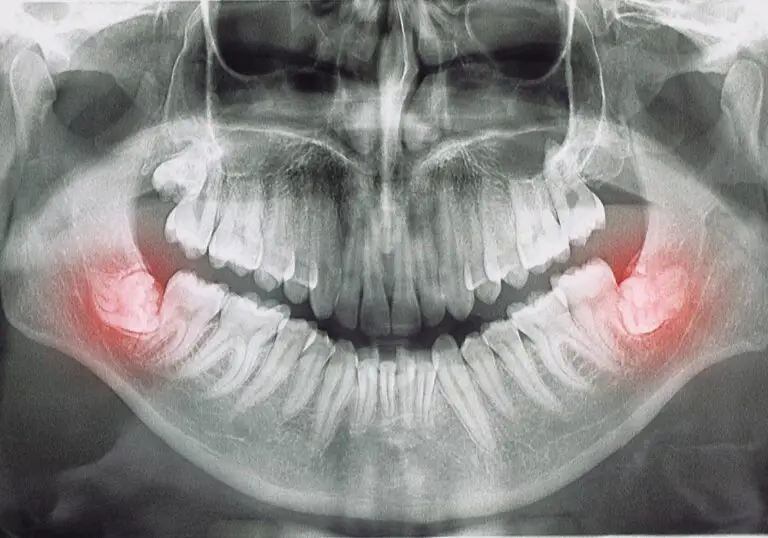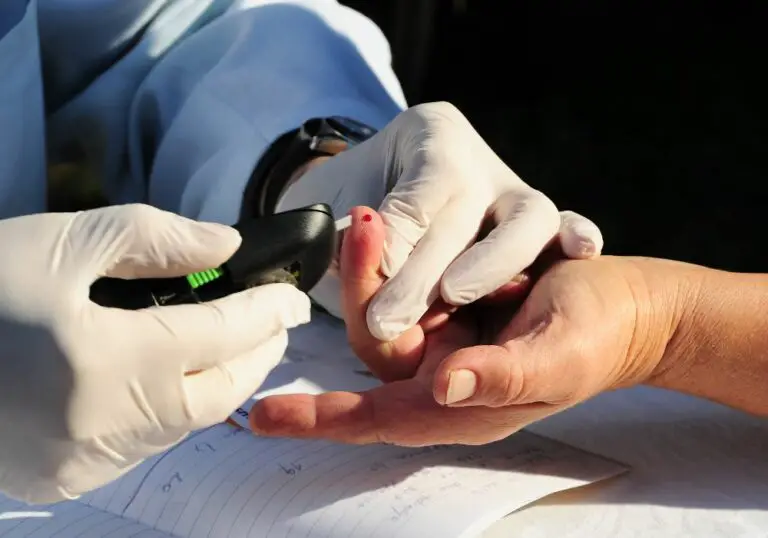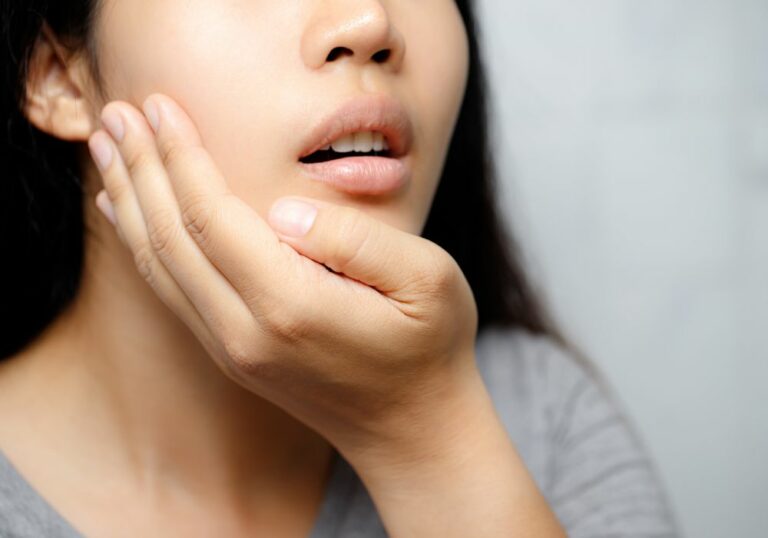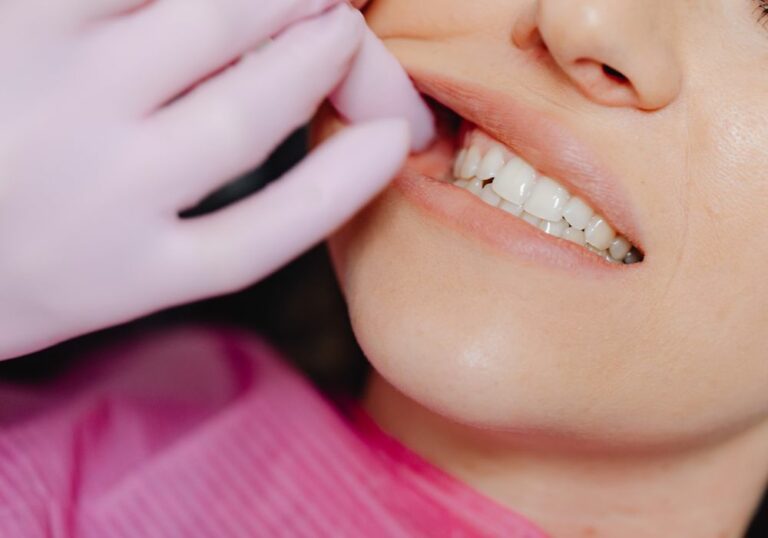Having crooked or misaligned teeth can negatively impact your oral health, appearance, and self-esteem. Although some minor issues may not cause any problems, severe malocclusion (misalignment of the teeth and jaws) can lead to a variety of dental complications if left untreated. Understanding the potential effects of crooked teeth can help you determine if and when orthodontic treatment may be necessary.
Impact on Oral Health
Crooked teeth make it more difficult to properly clean your teeth. Food and plaque can more easily become trapped, putting you at increased risk for tooth decay and periodontal (gum) disease:
1. Tooth Decay
- Crooked teeth have more pits, grooves, and overlapping areas where plaque and bacteria can accumulate. The abnormal angles and crowding make it harder to access and clean these areas thoroughly. Without proper brushing and flossing, cavities develop more readily.
- The improper fit between upper and lower teeth also causes food to become tightly packed in. These trapped food particles are broken down by bacteria into acids that demineralize the enamel and lead to dental caries/cavities.
- Plaque also builds up faster on crooked teeth, especially in areas that cannot be reached well by normal oral hygiene. The longer plaque remains, the more acid it produces and the more likely decay occurs.
- Crooked teeth develop caries lesions faster and more extensively than properly aligned teeth when oral hygiene is inadequate. The deeper crevices and overlapping teeth provide favorable conditions for cariogenic bacteria to flourish and produce enamel-eroding acids.
2. Gum Disease
- Misaligned teeth cause abnormal bite forces, increased friction, and trauma to the gums. This can allow periodontal pathogens to more easily infiltrate the gingival sulcus and inflame the gum tissue.
- When teeth are crowded, the gum tissue can become thinner in some areas and recede. Other areas are compressed, which impairs circulation and the immune response. This creates a perfect environment for periodontitis-causing bacteria.
- Crooked teeth are much harder to floss and keep clean of plaque and tartar. Poor cleaning leads to rapid buildup of bacterial biofilm above and below the gumline. This chronic irritation results in gingivitis which can quickly progress to severe periodontitis if bacteria penetrate the gum tissue.
- The uneven alignment and malocclusion of crooked teeth creates periodontal pockets which become reservoirs for anaerobic bacteria. These pathogens infiltrate the connective tissue and alveolar bone, causing chronic inflammation, tissue destruction, and accelerated bone loss. Proper cleaning is difficult, allowing rapid periodontal disease progression.
3. Other Issues
- Crooked teeth are more prone to chipping, fractures, and cracks from abnormal forces. Breakdown of the enamel makes them more susceptible to decay.
- Abnormal wear patterns like excessive attrition and abrasion can rapidly develop on misaligned teeth over time. This leads to loss of structure and function.
- Crooked teeth are more difficult and complicated to properly restore with fillings, crowns, bridges, implants, etc. The abnormal shapes and overlapping positioning impede proper fitting and placement of restorations. This can lead to complications like recurrent decay and periodontal inflammation.
Proper alignment helps teeth resist decay and gum disease by making them easier to clean and maintain. Orthodontic treatment straightens teeth and creates a well-fitted bite so food and plaque are cleared away instead of retained in the mouth. This optimizes oral hygiene and prevents dental disease.
Impact on Facial Appearance
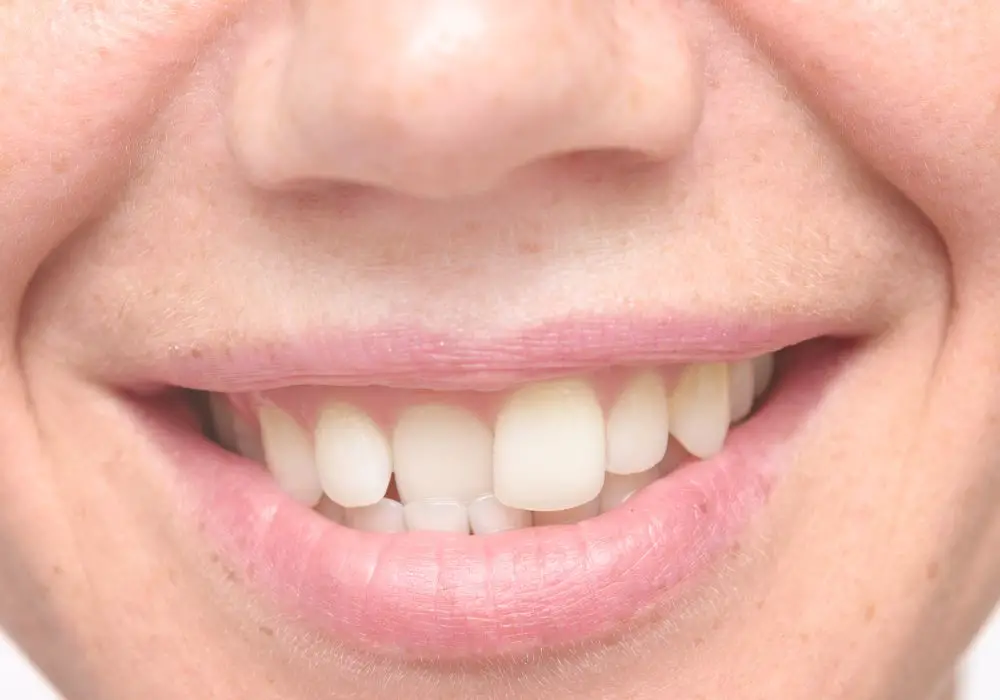
Severely crooked teeth and a poorly aligned bite can negatively affect the aesthetics of your smile and facial profile:
- Crooked teeth are often irregularly shaped with unnatural ridges, notches, and bulges. They appear unevenly sized and spaced with gaps between them, which is less visually appealing than a straight smile with properly aligned teeth.
- Protruding “buck teeth” in the upper front create an unattractive look. They make the upper lip stick out and the midface seem too prominent.
- Crooked lower teeth can shift the lower jaw back or far forward, making the chin seem overly small or prominent. This disproportionate appearance is perceived as less attractive.
- A deep overbite or crossbite from misaligned jaws twists and deforms the shape of the face and jaw position. There is a lack of symmetry and balance to facial features.
- Gaps between crooked teeth readily allow food impaction and show dark interdental spaces. Excessive spacing appears unsightly compared to minimal spacing with straight teeth.
- Crooked teeth combined with a gummy smile or excessive gum display are rated as less attractive. Gum recession and thin uneven gums with crooked teeth also detract from an appealing smile.
Orthodontic treatment not only straightens crooked teeth into proper alignment, but also helps balance facial proportions and create a more aesthetically pleasing and symmetrically proportional smile and profile.
Psychological and Social Impact
Having noticeably crooked teeth can harm self-confidence and affect social interactions:
- Poor dental aesthetics due to severely crooked teeth often cause people to feel embarrassed and self-conscious about their smile. Many are unwilling to show their teeth when laughing or talking.
- Some studies have linked malocclusion and poor dental appearance with increased risk of depression, anxiety, and social introversion, especially among adolescents.
- Peer stigma around “bad” or “crooked” teeth can lead to bullying, teasing, nicknames, and other victimization that damages self-esteem. This is particularly common during the already psychologically vulnerable adolescent period.
- Many perceive those with crooked teeth as being less intelligent, competent, employable, and romantically desirable according to research on first impressions and social attractiveness.
- Job applicants and professionals with crooked smiles are often judged more negatively than those with straight teeth according to studies. Promotions and opportunities may correspondingly suffer.
Orthodontic correction of crooked teeth has been shown to significantly improve people’s self-esteem, mood, confidence, and willingness to smile. Straight teeth and an improved facial appearance provide psychosocial benefits that often profoundly improve quality of life.
Oral Health Complications
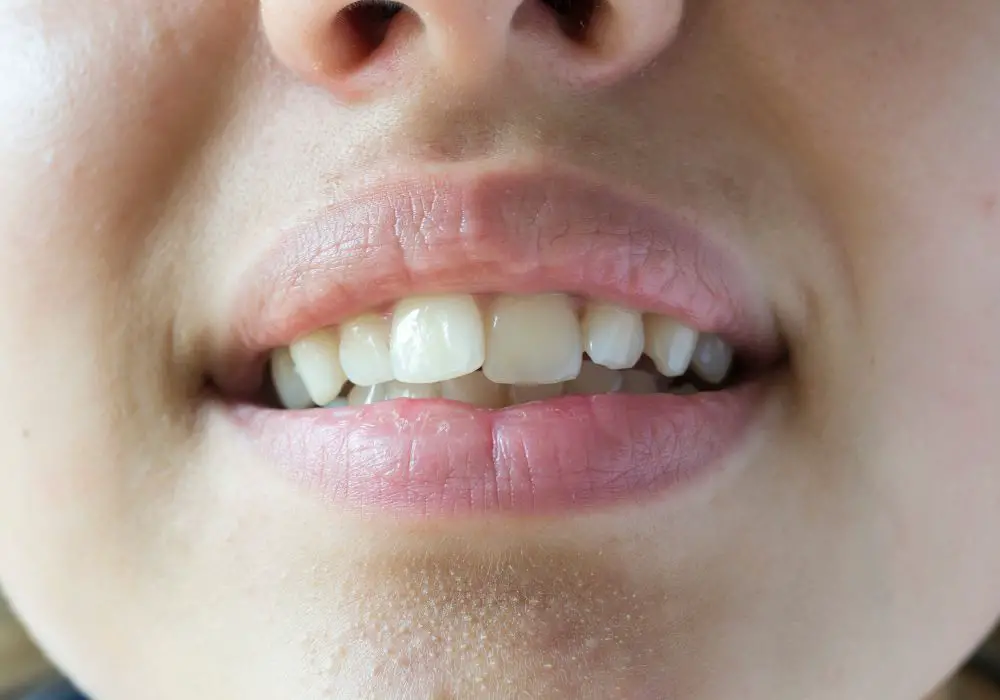
In addition to increased risks of dental decay and gum disease, severe malocclusion can also lead to various other oral health problems when left untreated:
1. Speech Issues
- Crooked teeth may negatively impact normal speech development in children.
- Misaligned teeth and a poor bite can cause impaired pronunciation and unclear articulation of certain words and sounds. Persistent speech problems like lisping may occur.
- Adults with new malocclusion issues may also notice they develop a lisp or speech impediment. This can be embarrassing and negatively impact social interaction and careers involving public speaking.
- Orthodontic treatment to align teeth and position jaws correctly typically improves speech issues related to dental misalignment.
2. Problems with Chewing
- Having misaligned jaws and an uneven bite alignment makes chewing food less efficient. It increases the risk of food impaction and choking.
- Abnormal bite forces lead to strain on the temporomandibular joints and chewing muscles which can result in chronic jaw pain, TMJ disorders, and frequent headaches.
- Impaired chewing may also cause gastrointestinal issues from inadequate breakdown of food particles. Nutrient absorption suffers when food is not properly prepared by mastication.
- Correcting misaligned teeth and jaws with orthodontic treatment helps optimize proper bite alignment for improved chewing and digestive function.
3. Increased Risk of Dental Trauma
- Protruding buck teeth are much more susceptible to fractures, chipping, and complete avulsion (knocked out) due to trauma from facial injury or blows to the mouth.
- Other misaligned teeth are also more likely to fracture or damage nearby soft tissue due to abnormal occlusion. The risk of lip and cheek injuries from sharp enamel edges is higher.
- Orthodontic adjustment helps bring the upper and lower teeth into a well-fitted relationship that protects them from traumatic injury. Proper bite alignment helps absorb force and prevent damage.
4. Impact on Long-Term Dental Health
- Persistent dental crowding and crooked teeth increase the risk of dental disease and accelerated tooth loss as you get older. Teeth often drift and shift over time, losing straight alignment.
- As teeth drift out of position, bite alignment changes also occur which further impairs chewing function. This exacerbates issues with digestion and jaw pain. Additional tooth loss in an unstable occlusion worsens these issues.
- Orthodontic stabilization helps maintain proper dental alignment and optimal function as you age. Well-positioned teeth are easier to clean and maintain for better long-term health and chewing ability.
When is Orthodontic Treatment Recommended?
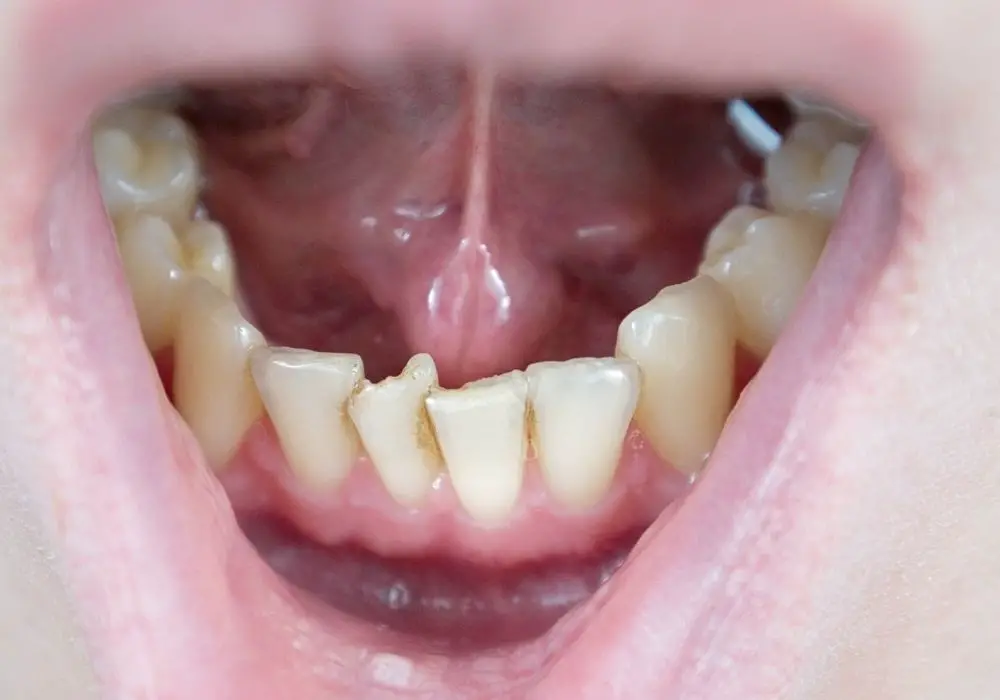
The American Association of Orthodontists recommends all children have an orthodontic evaluation by age 7 to spot potential issues early. Early treatment may be recommended in some situations, but most patients start full orthodontic treatment between 9-14 years once adult teeth have erupted.
Adults of any age can also benefit from orthodontic correction of crooked teeth. Seeking treatment is advisable at any age if you have:
- Severe dental crowding with substantial tooth overlap or gaps between teeth
- Protruding front teeth prone to injury from their lack of protection by lips
- An overbite so excessive the lower incisors are abrading the palate
- Upper front teeth that substantially cover the lower teeth when biting
- Chronic difficulty biting, chewing, or reported speech problems
- Significant facial asymmetry, flat profile, or disproportionate jaw size
- Deep overbite causing strain on the temporomandibular joints
- Loss of molars leading to shifting and bite collapse
- Abnormal bite alignment causing accelerated tooth wear
- Severe deep bite that risks trauma to the palate tissue
- Chronic jaw pain, popping, or difficulty opening caused by TMJ dysfunction
- Occlusion changes causing abnormal wear patterns needing correction
- Crooked teeth causing psychological distress or social stigmatization
Average treatment time depends on the severity of malocclusion, but often lasts 12-24 months. More complex cases involving jaw realignment or extractions take longer. Clear aligner therapy and lingual braces offer more discreet orthodontic solutions as an adult.
Conclusion
Having crooked teeth not only detracts from an attractive smile, but can lead to an array of oral health issues, speech impairment, psychological distress, and other complications. Seeking orthodontic treatment provides both important medical benefits and esthetic enhancement for healthier teeth and gums, improved chewing function, clearer speech, and greater self-confidence. Correcting misaligned teeth can optimize dental function and facial aesthetics for improved quality of life. Straight teeth are easier to clean and maintain while promoting better long-term oral health.
Frequently Asked Questions
How do crooked teeth affect your facial appearance?
Crooked teeth can negatively impact the aesthetics of your smile and facial proportions. Misaligned upper and lower jaws create facial asymmetry and imbalance. Protruding upper teeth create an unattractive “buck tooth” look making the midface too prominent. Crooked lower teeth cause the chin to seem overly small or large. Excessive spacing or overlap looks unsightly. Crooked teeth combined with gum recession greatly detract from an appealing smile.
Can crooked teeth cause headaches?
Yes, crooked teeth that extend too far and cause an overbite can result in improper jaw alignment. This leads to chronic jaw clenching and temporal mandibular joint (TMJ) strain in some people, resulting in frequent headaches and migraines. Orthodontic treatment to correct overbite helps alleviate headaches from TMJ dysfunction.
Do crooked teeth affect your speech?
Severe misalignment of the teeth and jaws can negatively impact normal speech development in children. Crooked teeth may also cause slurred speech, lisping, and difficulty pronouncing certain words or sounds in adults. Straightening teeth with orthodontics helps improve speech articulation issues related to malocclusion.
Can I fix crooked teeth as an adult?
Yes, orthodontic treatment works for adults as well as children and teens. Clear plastic aligners and lingual braces on the tongue-side of teeth allow adults to discreetly straighten crooked teeth. Some preliminary adjustment of gum tissue or jaws may be needed first before using aligners or braces for older patients.
How long does it take braces to straighten crooked teeth?
Most standard orthodontic treatment takes 12-24 months but timing depends on factors like your specific case complexity, orthodontic methods used, and diligence with elastics/appliances. Severely crooked teeth or cases involving jaw realignment or extractions take longer – usually 18-30 months. Ask your orthodontist about estimated treatment time.

